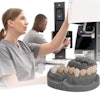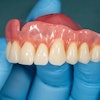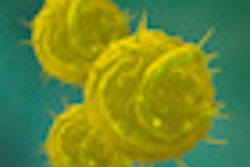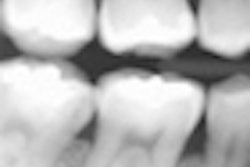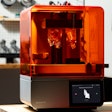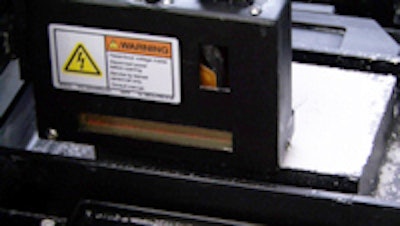
Washington State University (WSU) researchers have used a 3D inkjet printer to create a bone-like material and structure that can be used in orthopedic procedures and dental work, and to deliver medicine for treating osteoporosis, according to an article in Dental Materials (November 1, 2011).
Paired with actual bone, it acts as a scaffold for new bone to grow on and ultimately dissolves with no apparent ill effects, according to the researchers.
The authors say they're already seeing promising results with in vivo tests on rats and rabbits, and it's possible that doctors will be able to custom order replacement bone tissue in a few years, according to co-author Susmita Bose, PhD, a professor in WSU's School of Mechanical and Materials Engineering.
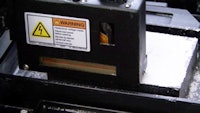 Researchers have used a 3D inkjet printer to create a bone-like material and structure that can be used in orthopedic procedures and dental work. Image courtesy of Washington State University.
Researchers have used a 3D inkjet printer to create a bone-like material and structure that can be used in orthopedic procedures and dental work. Image courtesy of Washington State University."If a doctor has a CT scan of a defect, we can convert it to a CAD file and make the scaffold according to the defect," Bose said.
A main finding of the paper is that the addition of silicon and zinc more than doubled the strength of the main material, calcium phosphate. The researchers also spent a year optimizing a commercially available ProMetal 3D printer designed to make metal objects.
The printer works by having an inkjet spray a plastic binder over a bed of powder in layers of 20 microns. Following a computer's directions, it creates a channeled cylinder the size of a pencil eraser.
After just a week in a medium with immature human bone cells, the scaffold was supporting a network of new bone cells, the researchers noted.
Their work was funded with a $1.5 million grant from the National Institutes of Health.


